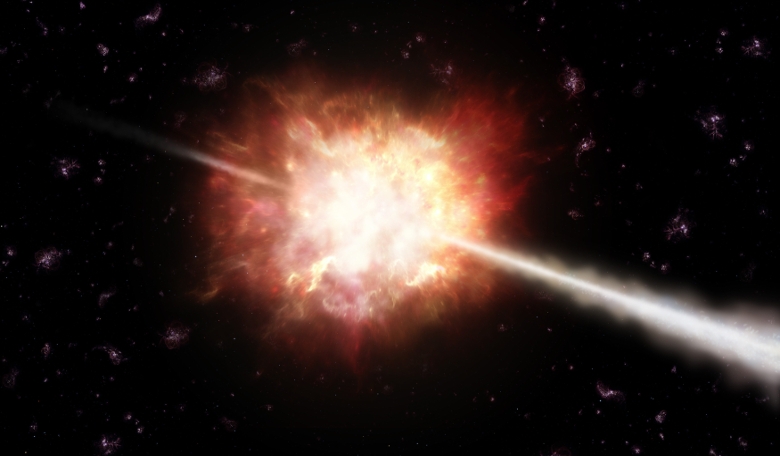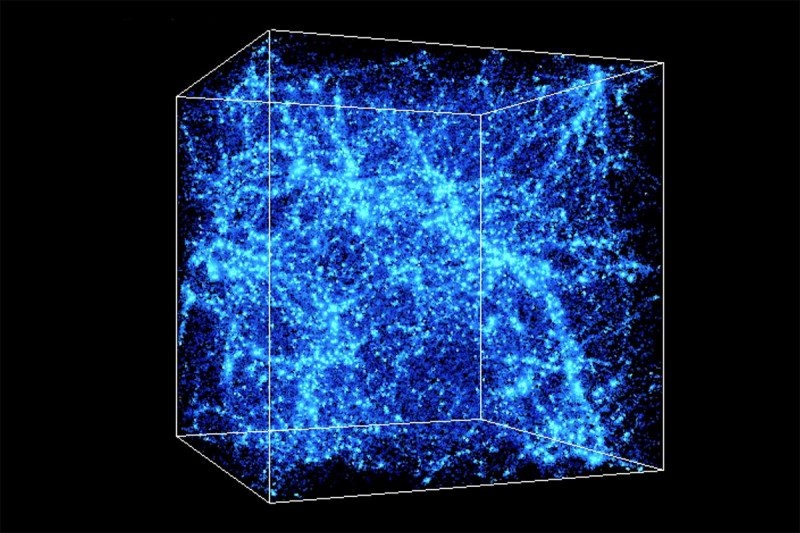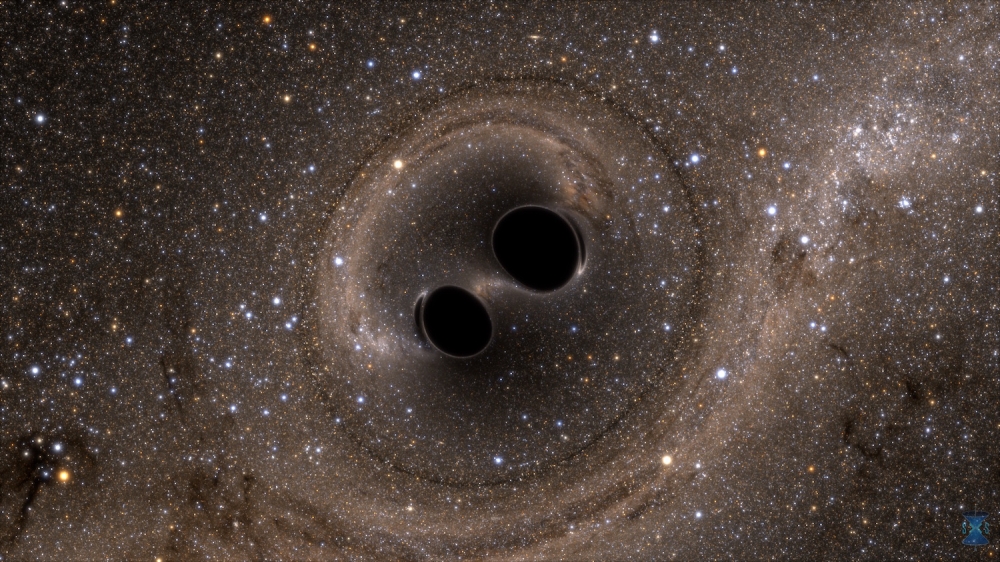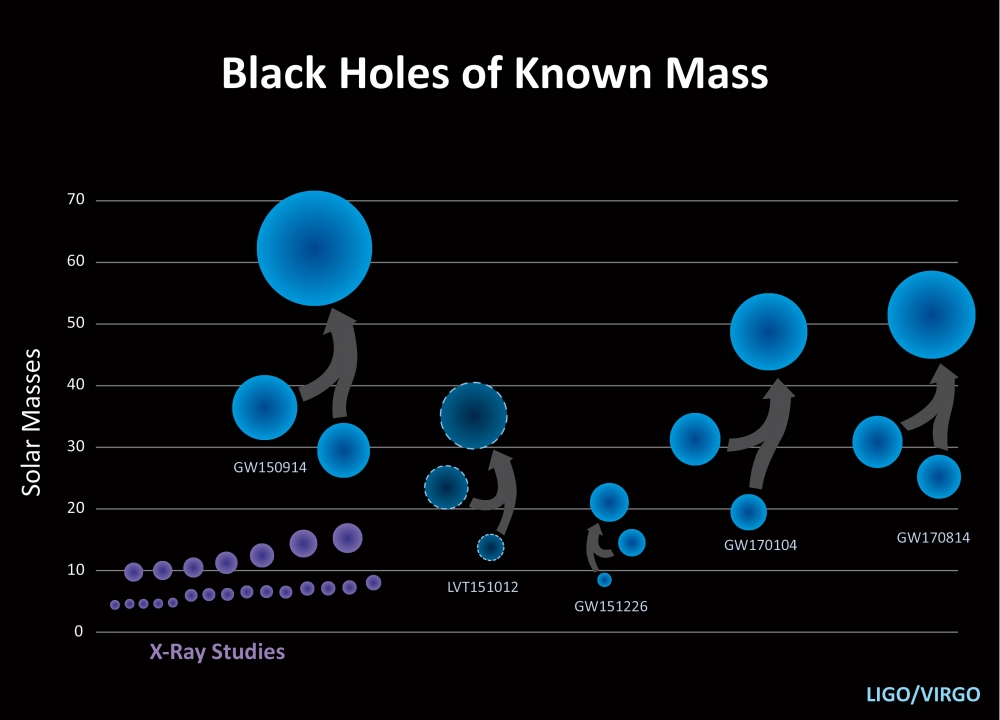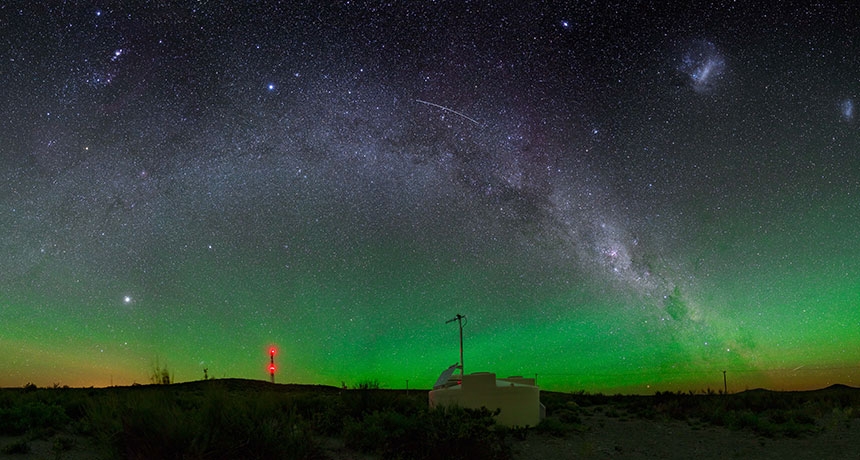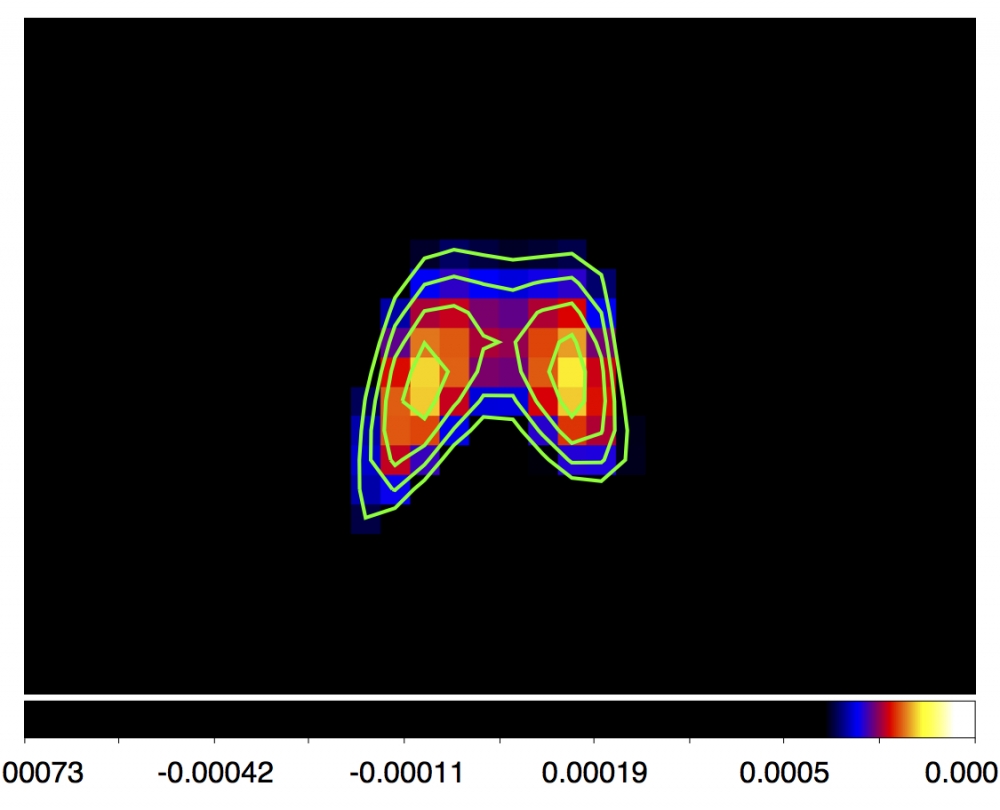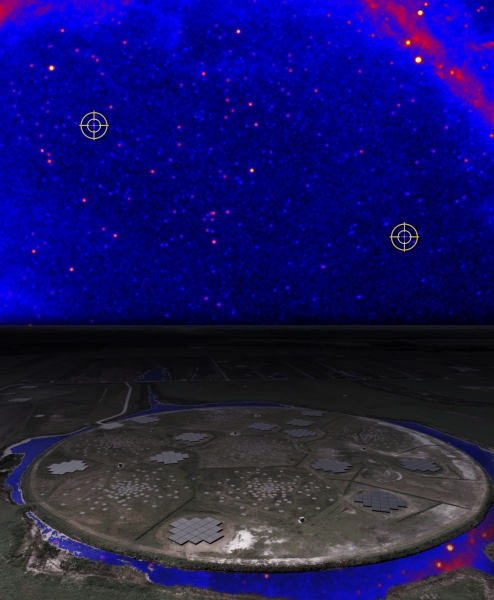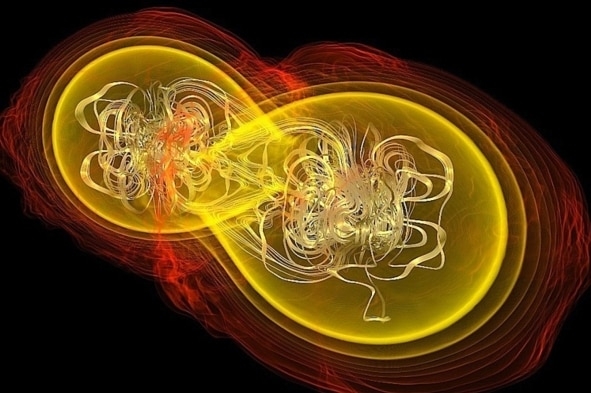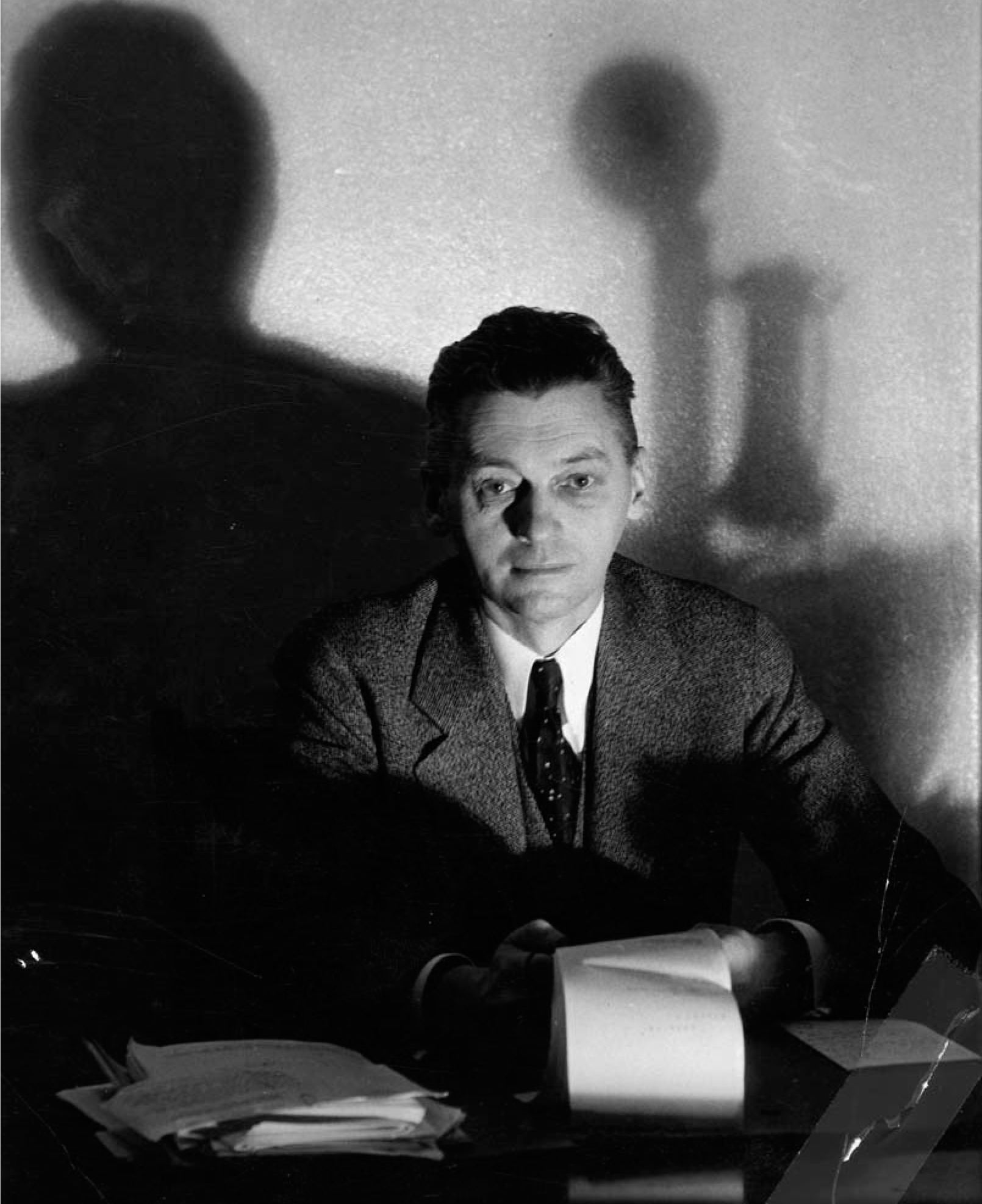
Figure 1. John T. Tate, circa 1930. Tate edited the Physical Review at the University of Minnesota from 1926 until his death in 1950.
Daniel Kennefick Physics Today 58, 9, 43 (2005) [Comment by KK: it's worth reading]
Albert Einstein had two careers as a professional physicist, the first spent through 1933 entirely at German-speaking universities in central Europe, the second at the Institute for Advanced Studies in Princeton, New Jersey, from 1933 until his death in 1955. During the first period he generally published in German physics journals, most famously the Annalen der Physik, where all five of his celebrated papers of 1905 appeared.
After relocating to the US, Einstein began to publish frequently in North American journals. Of those, the Physical Review, then under the editorship of John Tate (pictured in figure 1), was rapidly assuming the mantle of the world’s premier journal of physics. Einstein first published there in 1931 on the first of three winter visits to Caltech. With Nathan Rosen, his first American assistant, Einstein published two more papers in the Physical Review: the famous 1935 paper by Einstein, Boris Podolsky, and Rosen (EPR) and a 1936 paper that introduced the concept of the Einstein–Rosen bridge, nowadays better known as a wormhole. But except for a letter to the journal’s editor he wrote in 1952—in response to a paper critical of his unified field theory work—that 1936 paper was the last Einstein would ever publish there.
Einstein stopped submitting work to the Physical Review after receiving a negative critique from the journal in response to a paper he had written with Rosen on gravitational waves later in 1936. That much has long been known, at least to the editors of Einstein’s collected papers. But the story of Einstein’s subsequent interaction with the referee in that case is not well known to physicists outside of the gravitational-wave community. Last March, the journal’s current editor-in-chief, Martin Blume, and his colleagues uncovered the journal’s logbook records from the era, a find that has confirmed the suspicions about that referee’s identity. Moreover, the story raises the possibility that Einstein’s gravitational-wave paper with Rosen may have been his only genuine encounter with anonymous peer review. Einstein, who reacted angrily to the referee report, would have been well advised to pay more attention to its criticisms, which proved to be valid.
DOUBTING GRAVITATIONAL WAVES
Einstein introduced gravitational waves into his theory of general relativity in 1916...
See full text
